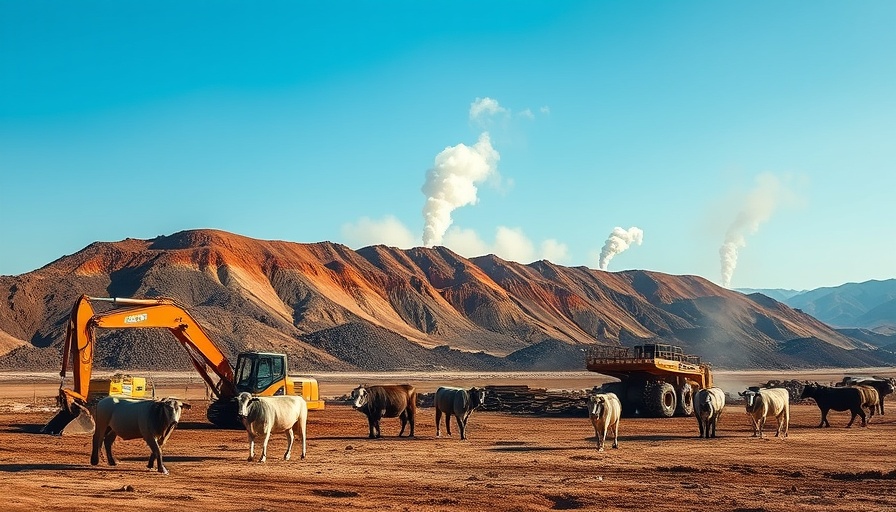
Understanding the Rising Costs of Climate Disasters
The latest analysis by Swiss Re Institute highlights a concerning projection: insured losses from natural disasters are expected to reach $145 billion globally in 2025. This forecast is driven largely by "secondary perils" such as floods, wildfires, and severe thunderstorms, underscoring a crucial shift in how we view climate-related risks.
Primary vs. Secondary Perils: What’s the Difference?
In the realm of natural disasters, distinguishing between primary and secondary perils can help us understand the dynamics of insured losses better. Primary perils, like earthquakes and hurricanes, typically pose the most significant threats in terms of potential financial hit. In contrast, secondary perils, which have historically been less impactful, such as wildfires or localized storms, are on the rise. As climate change intensifies and urban areas expand, these secondary events may yield substantial insured losses, as seen with the recent wildfires that cost insurers an estimated $40 billion.
The Growth of Risk: Urbanization and Population Factors
Why are these losses scaling so dramatically? A combination of factors, including population growth, economic activity, and urban sprawl, has led to greater vulnerability. The increasing density of urban areas means that when disasters do strike, their financial impact is far-reaching. Balz Grollimund, head of catastrophe perils at Swiss Re, explained that losses could easily double in peak years when a substantial disaster strikes a populated region.
Lessons from History: The Cost of Past Hurricanes
Historical data provides valuable context for understanding potential future losses. For example, if a hurricane resembling the one that struck Florida in 1992 were to occur today, insured losses would be almost three times the original — a staggering realization that speaks volumes about our changing environment. This illustrates the compounding impact of economic and population growth on disaster losses.
The Role of Climate Change: A Silent Culprit
Climate change becomes an influential factor in this discussion as it exacerbates the frequency and severity of both primary and secondary perils. As average global temperatures rise, the occurrence of severe weather events increases, leading to more significant and costly disasters. Swiss Re noted that some regions, especially in the U.S., account for a disproportional share of worldwide insured losses — nearly 80% last year alone due to its exposure to various natural disasters.
Insurance and Its Impact: Understanding Premium Rates
The fluctuating costs of insurance premiums are tied to these rising risks. Factors such as inflation, regulatory environments, and increasing exposure compel insurers to adjust their rates. With losses projected to rise, the affordability and accessibility of insurance may become pressing concerns for many residents living in high-risk areas.
As multiple factors combine to increase the potential for catastrophic losses, both individual homeowners and policymakers must take notice. Understanding the risks associated with climate disasters is the first step toward finding solutions and improving resiliency against future events. From community planning that prioritizes infrastructure improvements to individual decisions about property protection, action is crucial.
Staying informed and proactive will be key as we face this inevitable reality head-on. Monitoring trends and supporting policies that address climate change can make a difference. With appropriate measures, communities can improve their preparedness for future disasters.
 Add Row
Add Row  Add
Add 




Write A Comment